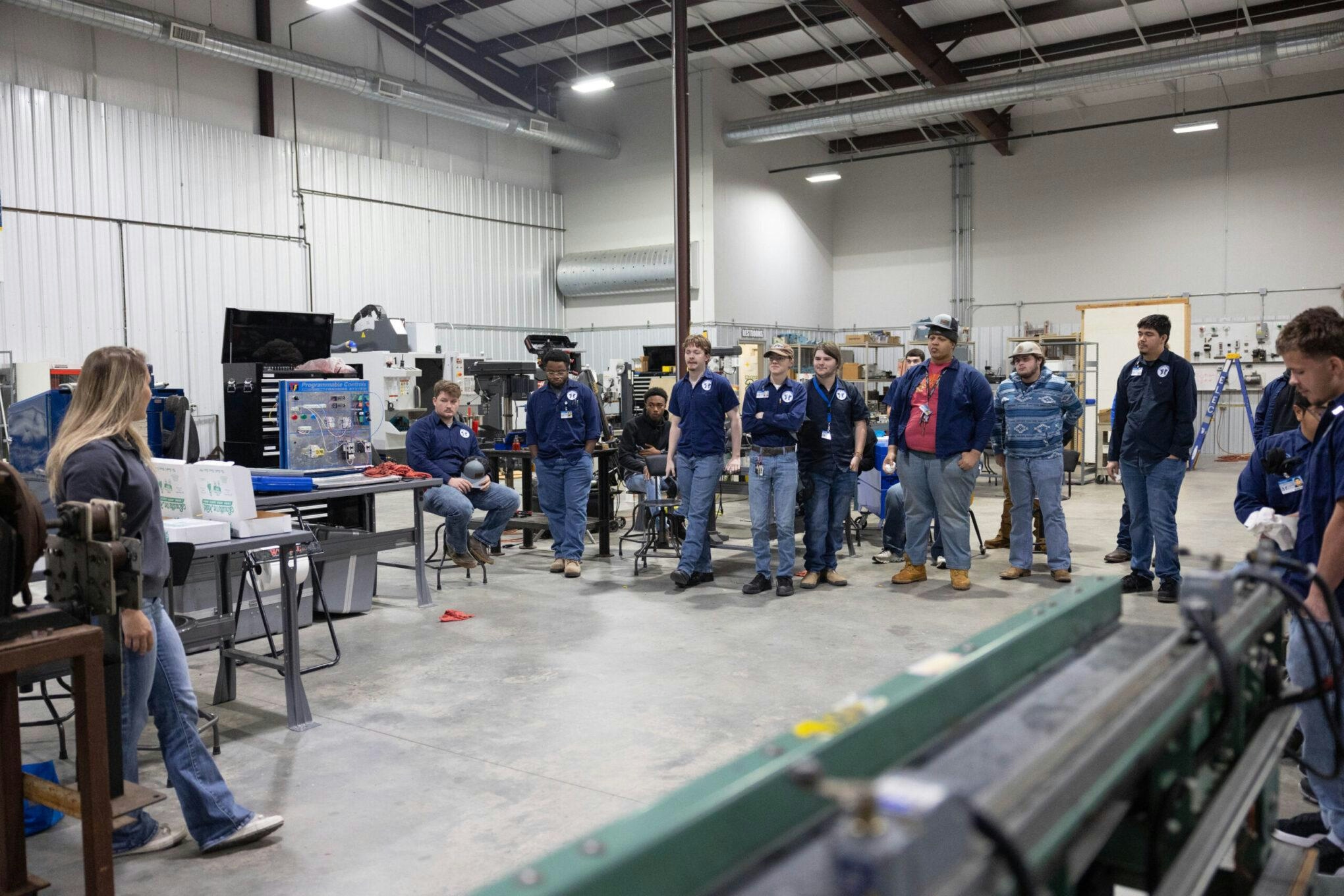
AeroGenie — 您的智能副驾驶。
热门趋势
Categories
Why Delta Air Lines Continues to Operate Its Aging Boeing 757 Fleet
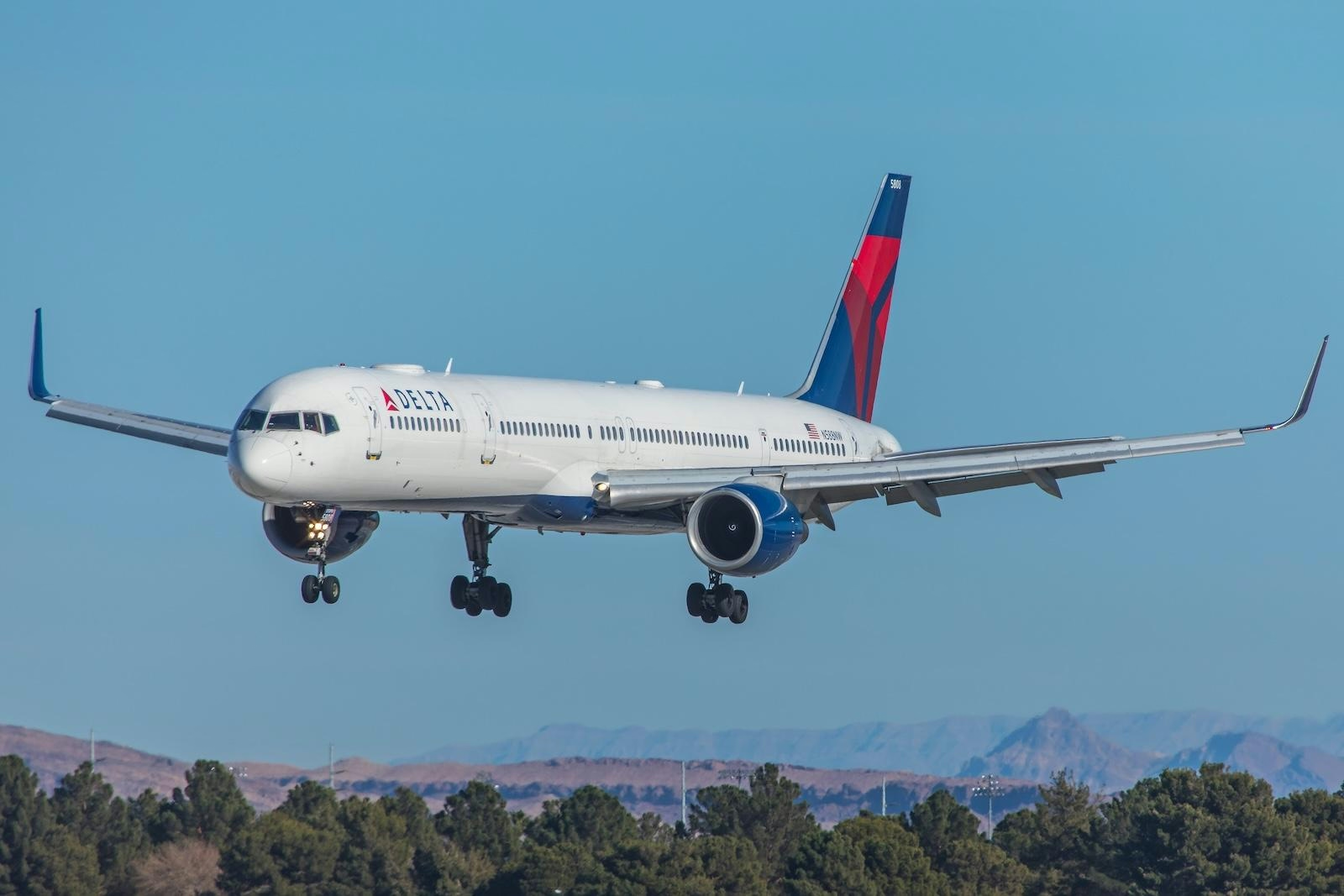
Why Delta Air Lines Continues to Operate Its Aging Boeing 757 Fleet
Delta Air Lines, one of the world’s largest carriers, has established a formidable presence through its extensive route network and operational efficiency. Founded in 1924 and headquartered in Atlanta, the airline operates over 5,000 daily flights to more than 300 destinations across six continents. Its major U.S. hubs include Atlanta, New York-JFK, Minneapolis-St. Paul, and Detroit. Central to supporting this vast network is a diverse fleet, with the Boeing 757 playing a particularly significant role.
Despite industry trends favoring newer, more fuel-efficient aircraft, Delta remains the largest operator of the Boeing 757, maintaining a fleet of 110 of these aging jets. This decision is driven by a combination of operational and economic factors that continue to make the 757 a valuable asset for the airline.
Operational Flexibility and Performance
The Boeing 757 occupies a unique position within Delta’s fleet, effectively bridging the gap between narrowbody and widebody aircraft. Its design enables efficient operations from airports with shorter runways and challenging environmental conditions, such as New York-JFK, Boston, and Salt Lake City—key destinations within Delta’s network. The aircraft’s range and performance capabilities make it particularly well-suited for transatlantic and Latin American routes that demand greater capacity and range than typical narrowbodies can provide, yet do not justify the deployment of larger widebody aircraft.
Economic Rationale
From an economic standpoint, the Boeing 757 remains an attractive option for Delta. Although production of the aircraft ceased over two decades ago and no direct replacement exists, the airline benefits from relatively low ownership costs and reduced maintenance expenses. The 757’s proven reliability, combined with operational efficiencies developed over decades of service, supports Delta’s broader strategy of maintaining profitability and financial resilience. This approach contrasts with competitors who face challenges related to production constraints and the slower retirement of older aircraft.
Market and Industry Context
Delta’s continued reliance on the 757 has been met with positive market responses. The airline consistently reports record revenues and strong earnings, buoyed by sustained demand for premium and corporate travel. By leveraging the 757’s unique capabilities, Delta is able to attract affluent travelers and sustain a competitive advantage. While other carriers have also extended the service life of older aircraft, Delta’s scale and operational expertise enable it to extract maximum value from its 757 fleet.
The Boeing 757’s Legacy and Future Role
Introduced in the early 1980s as a successor to the Boeing 727, the 757 quickly became a workhorse for airlines worldwide. For Delta, the aircraft’s combination of range, capacity, and performance has rendered it indispensable for over four decades. As the airline continues to modernize its fleet, the Boeing 757 remains a cornerstone of its operations. Delta’s commitment to this aircraft type reflects a pragmatic balance of operational requirements, financial discipline, and market realities, positioning the airline to remain resilient and competitive amid a rapidly evolving industry landscape.
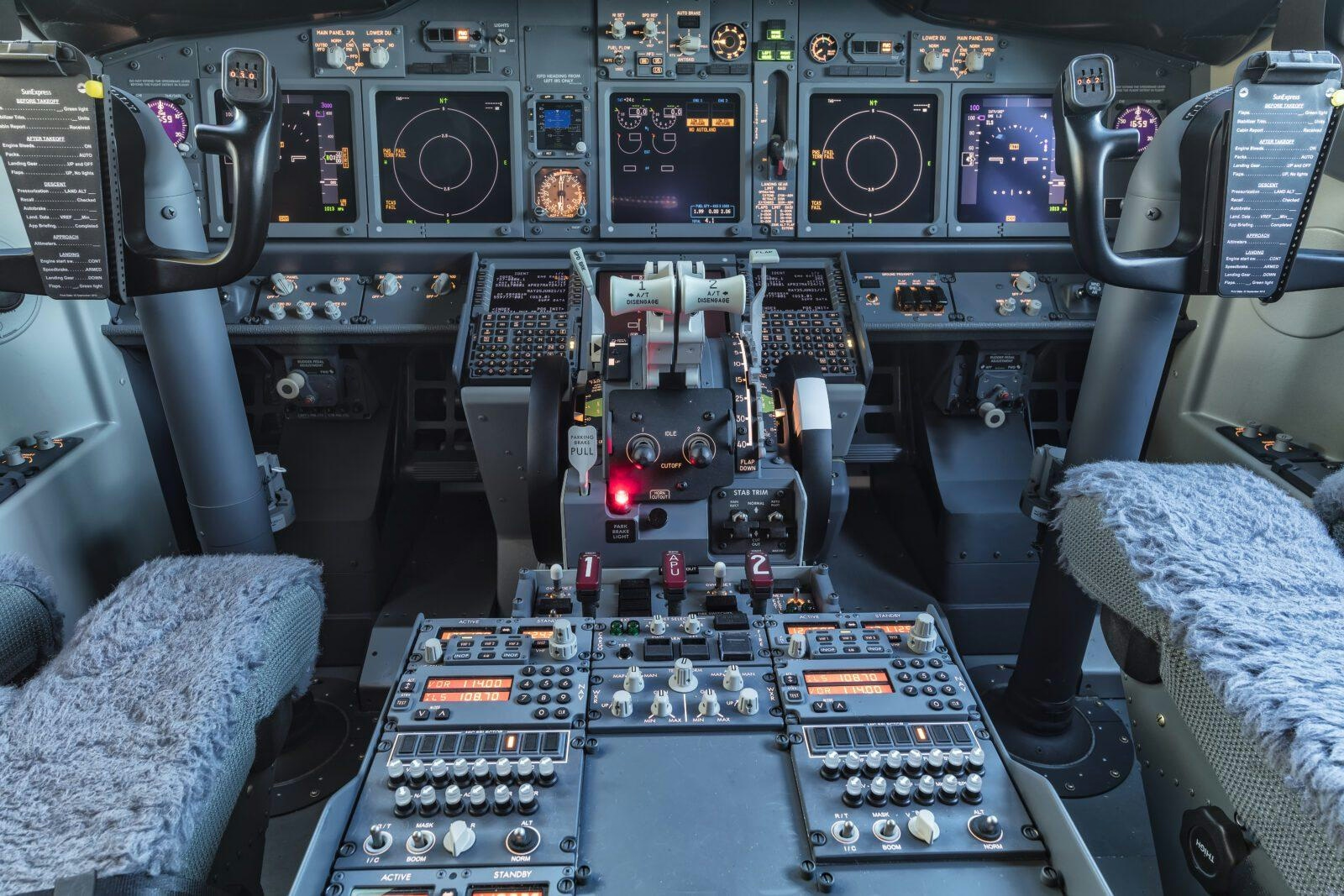
Investigators Examine Theory That Cockpit Sun Visor Caused Boeing 737 Engine Shutdown After Takeoff

Comparing the Fuselage Lengths of the Airbus A350-1000 and Boeing 787-10
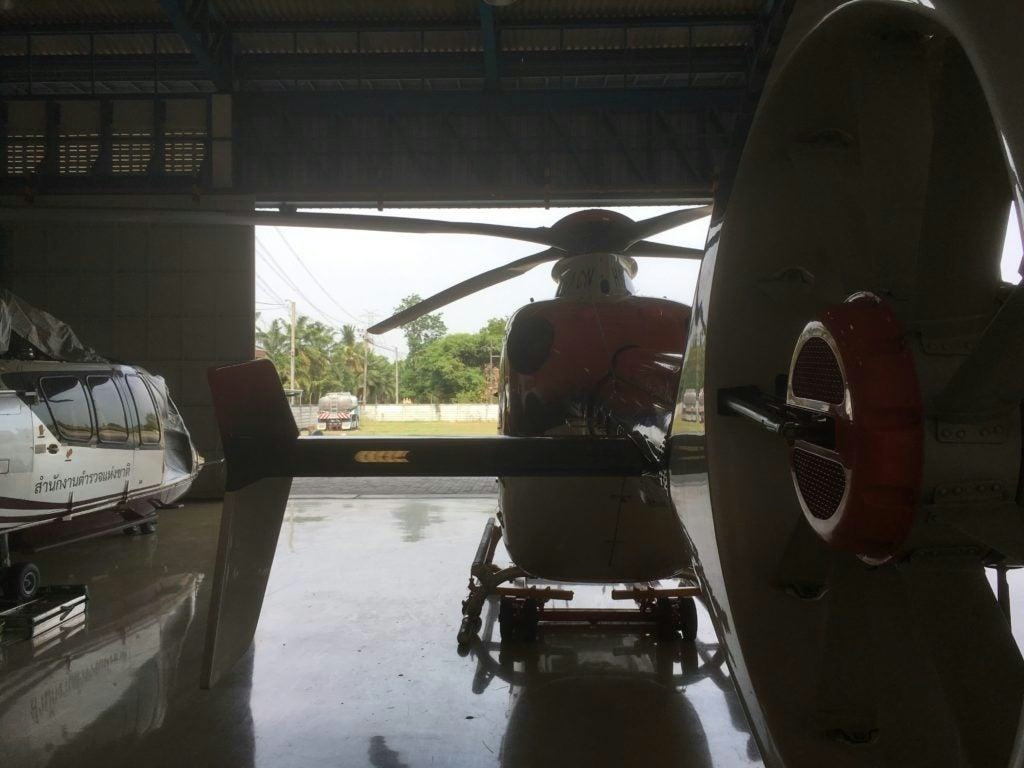
Thailand Establishes U-Tapao Aircraft MRO Center Contract for January 2026
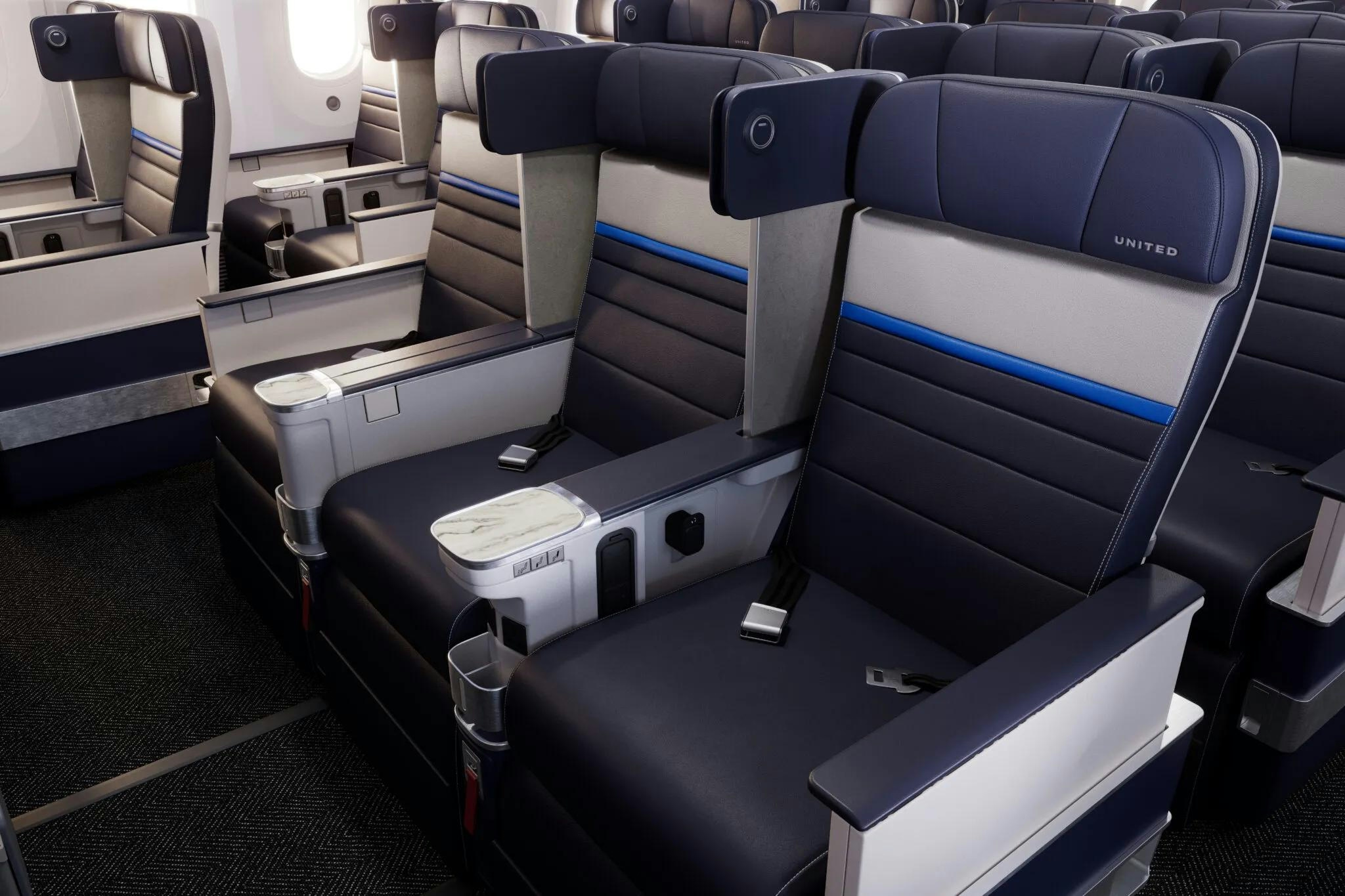
United Airlines Announces Routes for New Premium Boeing 787s
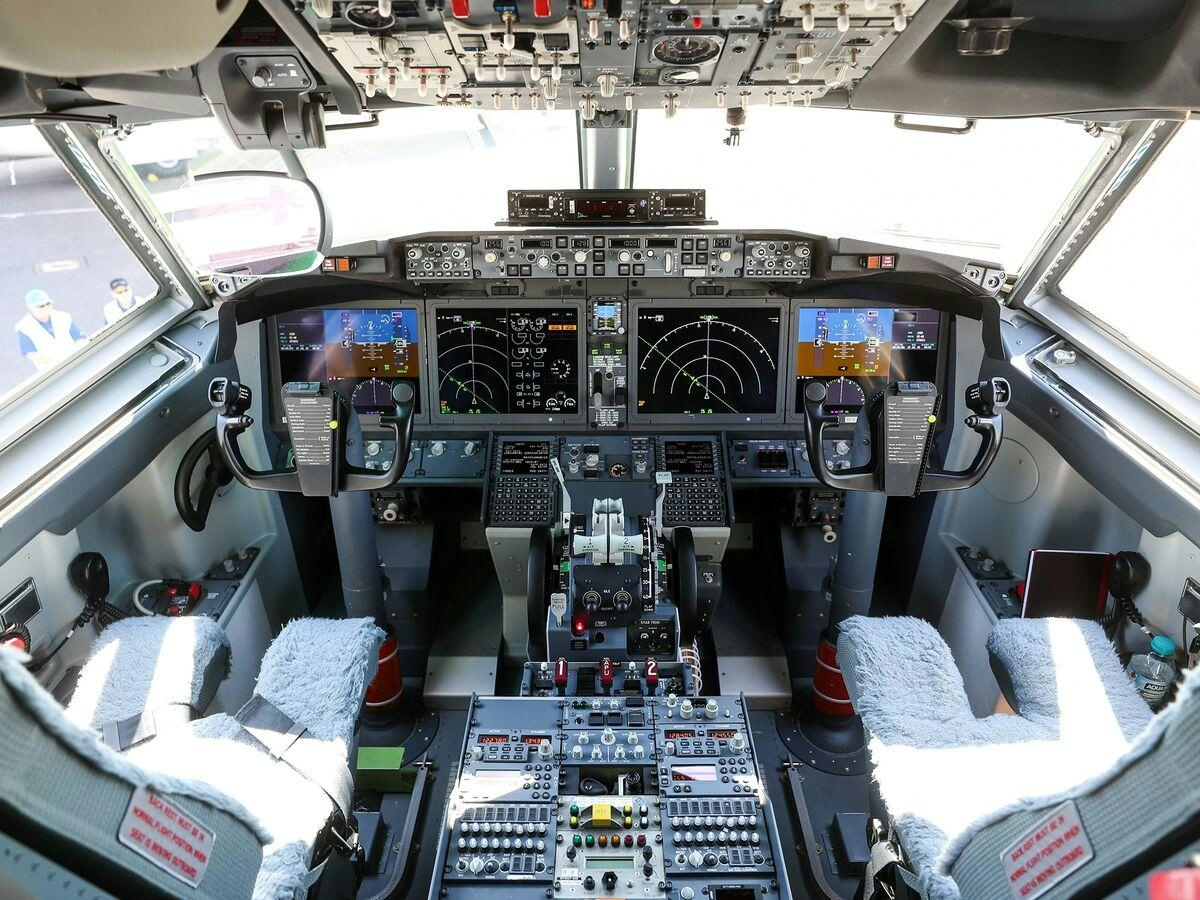
Boeing Introduces Remote Co-Pilot Technology
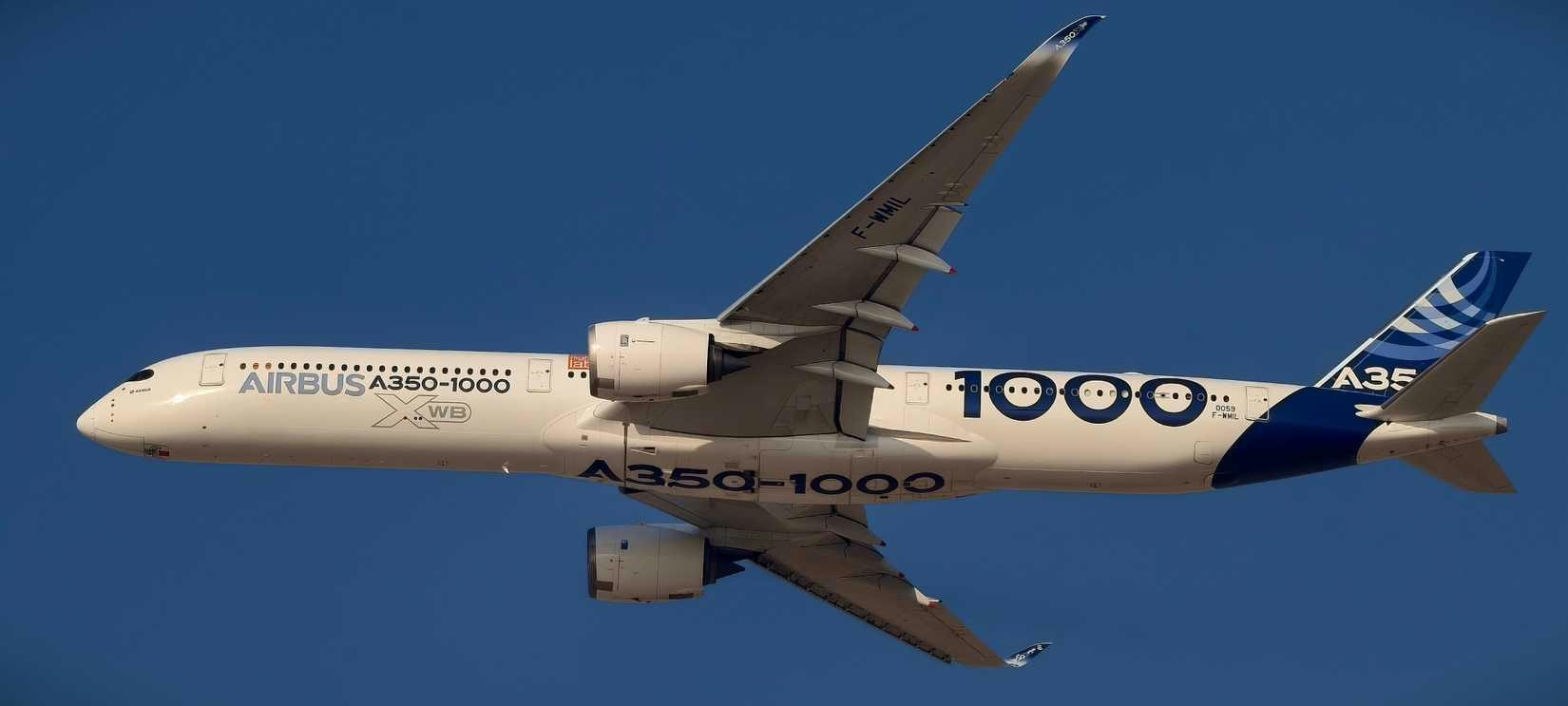
The Airbus A350-1000’s Fuel Efficiency Advantage Explained
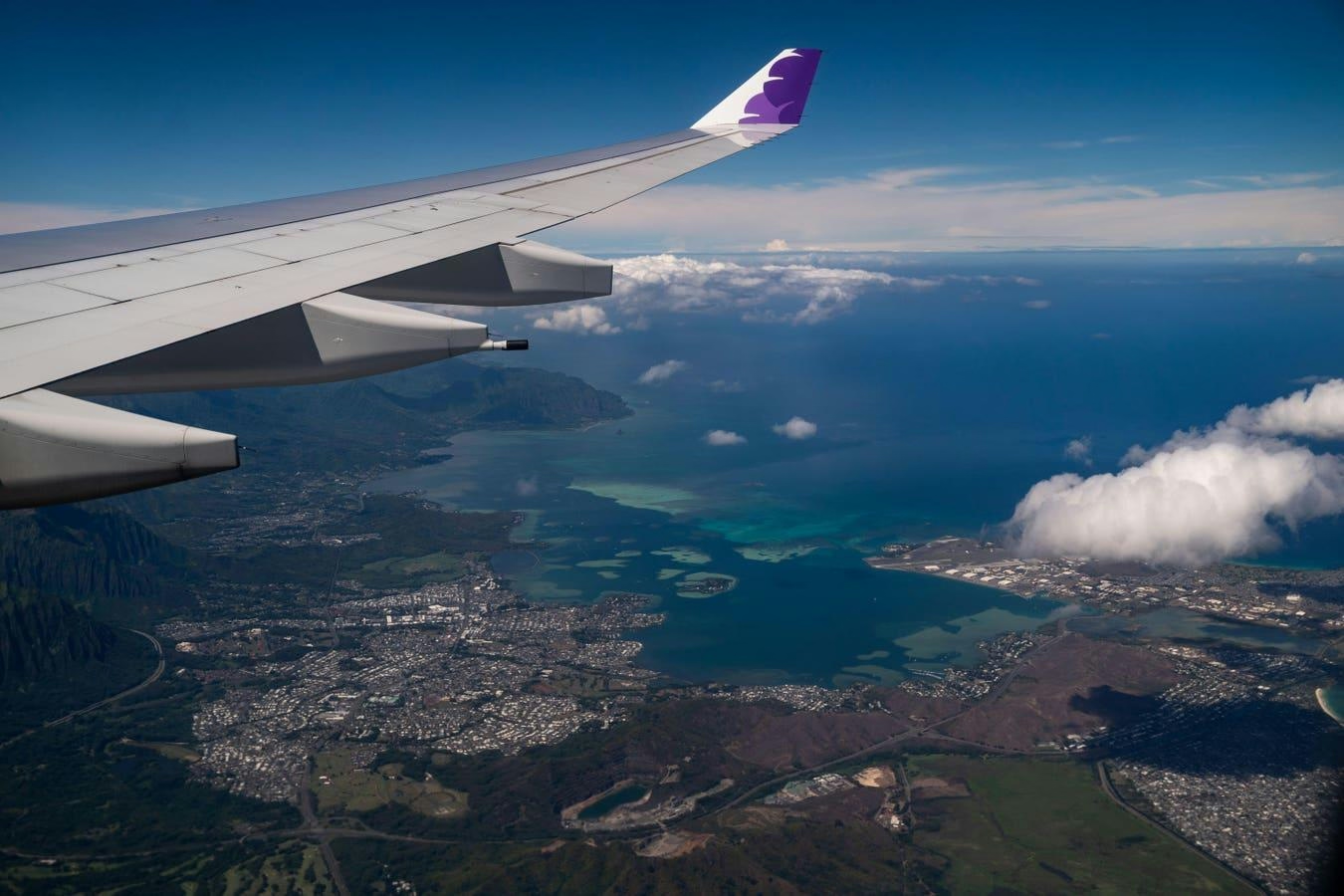
McNally Capital Expands Aviation Operations to Support Global Tourism

Two Young Climbers Begin Winter Ascent of McKinley

Elroy Air’s Autonomous Chaparral Delivers Lunch on A-to-B Flight
